Lanthanum Vanadium Oxide Sputtering Target Description
The Lanthanum Vanadium Oxide Sputtering Target from TFM is an oxide sputtering material composed of lanthanum (La), vanadium (V), and oxygen (O).
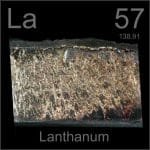 Lanthanum is a soft, malleable, silvery-white metal and is one of the most reactive rare earth elements. It is used in the production of special optical glasses and to improve the malleability of steel. Additionally, lanthanum is valuable in wastewater treatment and oil refining processes. Scientists have nicknamed lanthanum “super calcium” due to its application in photoconversion films, which enhance the efficiency of solar cells by converting ultraviolet light into visible light.
Lanthanum is a soft, malleable, silvery-white metal and is one of the most reactive rare earth elements. It is used in the production of special optical glasses and to improve the malleability of steel. Additionally, lanthanum is valuable in wastewater treatment and oil refining processes. Scientists have nicknamed lanthanum “super calcium” due to its application in photoconversion films, which enhance the efficiency of solar cells by converting ultraviolet light into visible light.
Related Product: Lanthanum Sputtering Target
 Vanadium is a chemical element named after Vanadis, an Old Norse name for the Scandinavian goddess Freyja. It was first mentioned in 1801 and observed by M. del Río, with its isolation later accomplished and announced by N.G. Sefström. The chemical symbol for vanadium is “V,” and its atomic number is 23. Vanadium is located in Period 4, Group 5 of the periodic table, within the d-block. Its relative atomic mass is 50.9415(1) Dalton, with the number in brackets indicating the measurement uncertainty. Vanadium is commonly used in the production of steel alloys to improve strength and resistance to corrosion and is also used in chemical catalysts and batteries.
Vanadium is a chemical element named after Vanadis, an Old Norse name for the Scandinavian goddess Freyja. It was first mentioned in 1801 and observed by M. del Río, with its isolation later accomplished and announced by N.G. Sefström. The chemical symbol for vanadium is “V,” and its atomic number is 23. Vanadium is located in Period 4, Group 5 of the periodic table, within the d-block. Its relative atomic mass is 50.9415(1) Dalton, with the number in brackets indicating the measurement uncertainty. Vanadium is commonly used in the production of steel alloys to improve strength and resistance to corrosion and is also used in chemical catalysts and batteries.
Related Product: Vanadium Sputtering Target
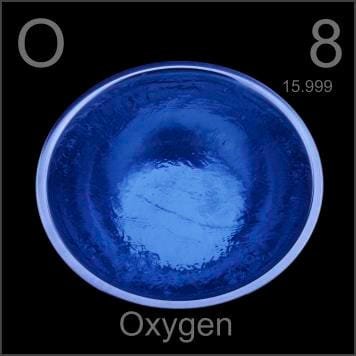 Oxygen is a chemical element whose name derives from the Greek words ‘oxy’ and ‘genes,’ meaning acid-forming. It was first mentioned and observed by W. Scheele in 1771, who later accomplished and announced its isolation. The chemical symbol for oxygen is “O,” and its atomic number is 8. Oxygen is located in Period 2, Group 16 of the periodic table, within the p-block. Its relative atomic mass is 15.9994(3) Dalton, with the number in brackets indicating the measurement uncertainty. Oxygen is essential for respiration in most life forms and is crucial in combustion, oxidation, and various chemical processes.
Oxygen is a chemical element whose name derives from the Greek words ‘oxy’ and ‘genes,’ meaning acid-forming. It was first mentioned and observed by W. Scheele in 1771, who later accomplished and announced its isolation. The chemical symbol for oxygen is “O,” and its atomic number is 8. Oxygen is located in Period 2, Group 16 of the periodic table, within the p-block. Its relative atomic mass is 15.9994(3) Dalton, with the number in brackets indicating the measurement uncertainty. Oxygen is essential for respiration in most life forms and is crucial in combustion, oxidation, and various chemical processes.
Lanthanum Vanadium Oxide Sputtering Target Handling Notes
- Indium Bonding: Indium bonding is recommended for the lanthanum vanadium oxide sputtering target due to its brittleness and low thermal conductivity, which make it less suitable for traditional sputtering methods.
- Thermal Conductivity: This material has low thermal conductivity and is susceptible to thermal shock. Proper handling and bonding techniques are essential to prevent damage during the sputtering process.
Lanthanum Vanadium Oxide Sputter Target Application
The Lanthanum Vanadium Oxide Sputtering Target is utilized in a variety of applications, including thin film deposition, decorative coatings, semiconductors, displays, LEDs, and photovoltaic devices. It is also important for functional coatings, the optical information storage industry, glass coatings for automotive and architectural purposes, and optical communication systems, among other fields.
Lanthanum Vanadium Oxide Sputtering Target Packing
Our Lanthanum Vanadium Oxide Sputtering Targets are meticulously tagged and labeled externally to ensure efficient identification and maintain strict quality control. We take great care to prevent any damage during storage and transportation, ensuring the highest standards of product integrity upon delivery.
Get Contact
TFM offers Lanthanum Vanadium Oxide Sputtering Targets in various forms, purities, sizes, and prices. We specialize in high-purity thin film deposition materials with optimal density and minimal grain sizes, which are ideal for semiconductor, CVD, and PVD applications in display and optics. Contact Us for current pricing on sputtering targets and other deposition materials that are not listed.


 MSDS File
MSDS File
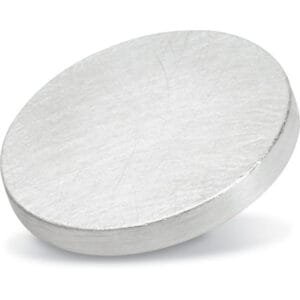
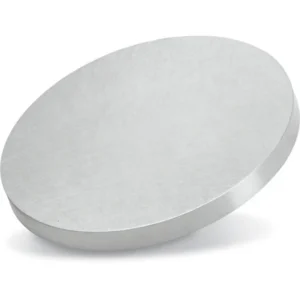
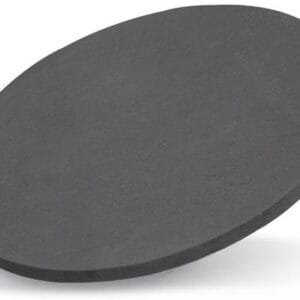
Reviews
There are no reviews yet.